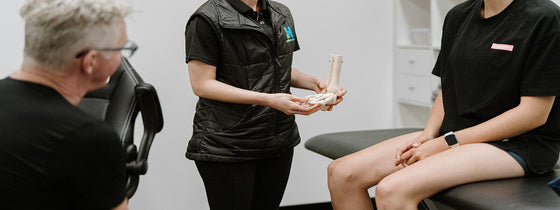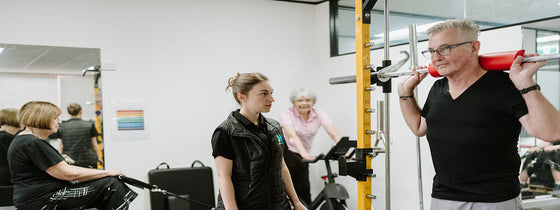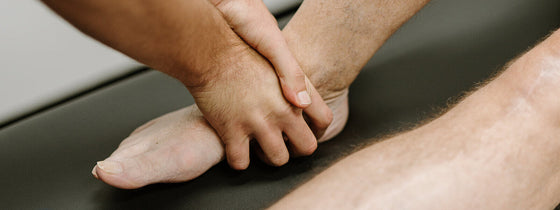“When can I throw again?” is one of the most common questions asked by any overhead athlete post a shoulder injury or surgery. The answer to this question is multifaceted, as it depends on the timeframe from the injury, certain subjective and objective measures, as well as the athlete’s willingness. However, the simple answer is when the athlete is fully ready, and not before.
The process through which a bowler transitions into slowly getting back to bowling after a shoulder injury can be exciting while also being quite nerve-racking for the athlete. As a result, apart from making sure they are functionally fully capable and ready, we should also ensure the athlete is psychologically prepared to return to the field. We usually sequentially move from high level performance rehabilitation to limited practice in a controlled environment and finally to any unrestricted practice and competitive play. Before we initiate any bowling, we have to ensure that the shoulder ranges are full and pain-free, the clinical tests are pain free, the strength of the shoulder musculature is regained, a pain-free plyometric program has been completed and we have acceptable patient reported subjective scores. The physiotherapists at OHL can carry out a complete assessment of these to ensure that you are ready to resume bowling.
Certain recommended programs to regain and progress shoulder strength and endurance include The Throwers 10 and the Advanced throwers 10 program. Eventually, an interval throwing program is initiated where in you can get back to bowling slowly and steadily. The physiotherapist will perform an assessment at every step of the way as we progress through rehabilitation to ensure that the bowler is fit to move on to the next stage. This final stage of return to bowling is tailored to the bowling style of the athlete so that the program is individualised and specific to their needs. This helps the athlete to safely progress to unrestricted bowling while also boosting their confidence to return to cricket.
We hope that this gives you some insight into the process of getting back to your regular bowling form following your shoulder injury/surgery so that you can confidently get back to your cricket pitch and bowl your opposition out.

If you're experiencing back or neck pain with neurological signs and symptoms, a thorough neurological examination is crucial for accurate assessment and effective treatment. In this Optimal Tip learn more about what we mean by completing a neurological exam!

Squats, deadlifts, and calf raises are key movement patterns that should be part of every strength and conditioning program—regardless of age and activity level. These functional movements support joint health, improve posture and balance, and reduce the risk of injury while building strength where it matters most.

A ganglion cyst is a fluid-filled swelling that typically forms over a joint or tendon sheath, causing discomfort and pain, especially when pressing against nerves or joints. Proper assessment and treatment, including physiotherapy, are essential for managing symptoms and improving function in the presence of a ganglion in your hand, foot, or wrist.